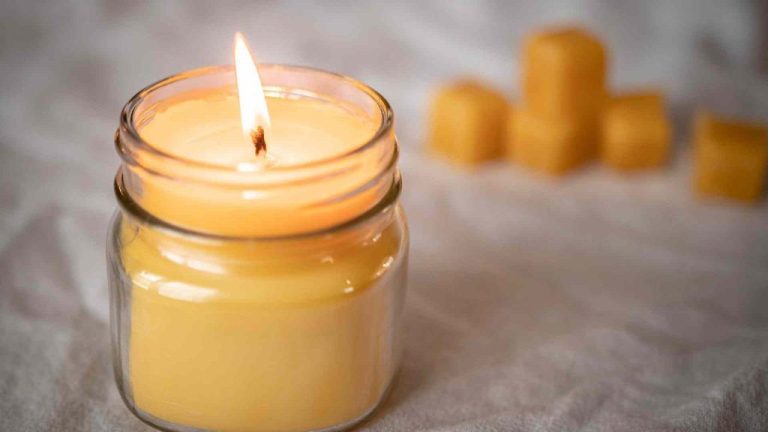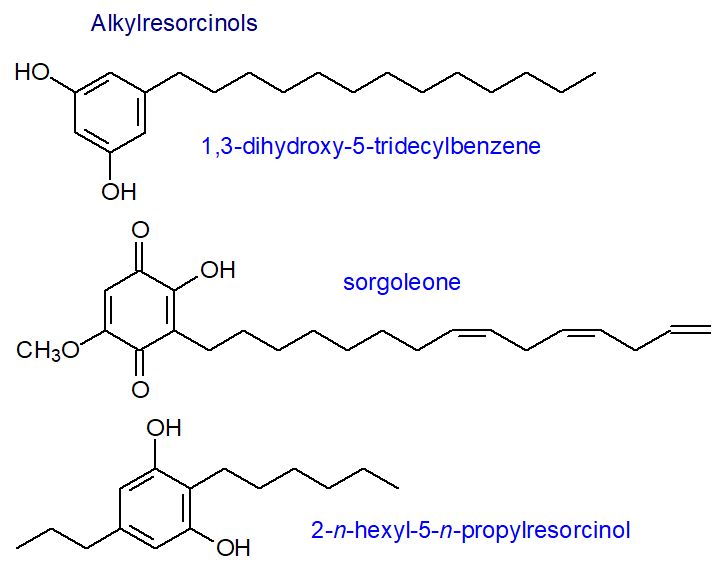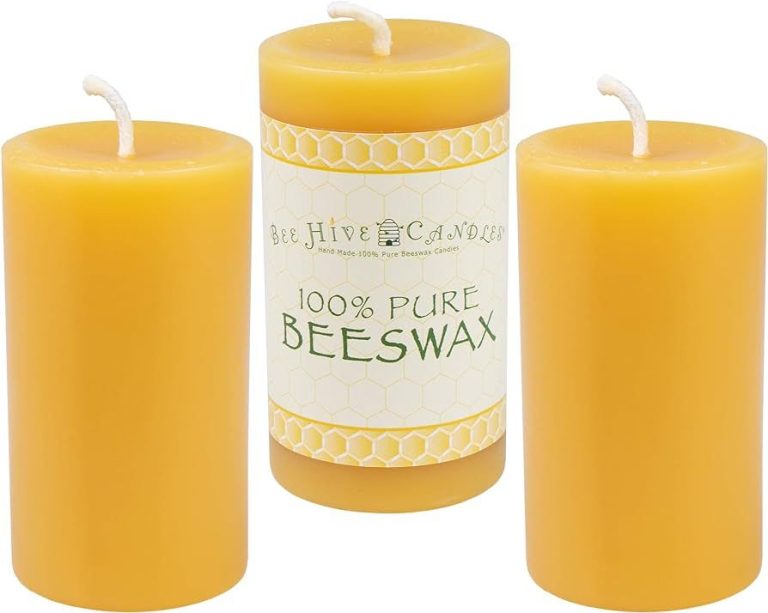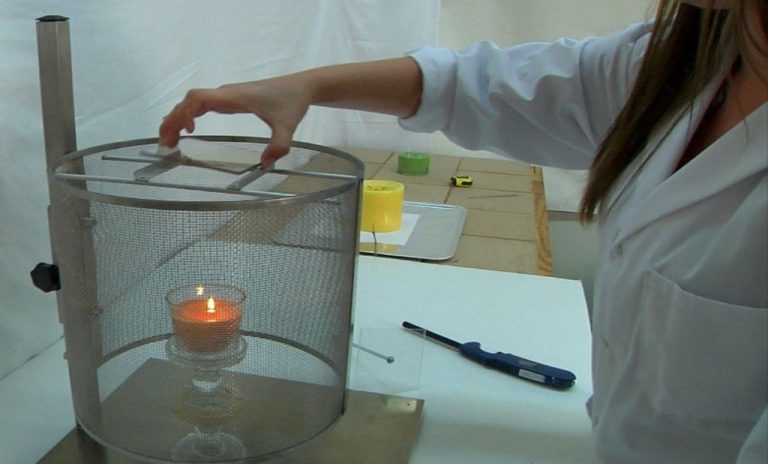What Is The Melting Point Of Wax Play Candles?
Wax play candles are a type of candle made specifically for erotic wax play. Wax play involves dripping hot wax onto a consenting partner’s body for erotic pleasure and sensation play (Wikipedia, 2022). The wax is usually dripped from a candle onto a person’s naked skin in patterns for sensual stimulation. Wax play candles allow partners to safely explore temperature play and sensation.
The melting point of wax play candles is an important factor to consider. The melting point determines the temperature of the liquid wax when it is dripped onto the body. Lower melting points produce cooler wax while higher melting points create hotter wax. Finding the right melting point range allows partners to safely play without risk of burns or discomfort. Understanding proper melting points and testing candles helps lead to an enjoyable wax play experience.
This article provides an overview of wax play candle materials, melting point ranges, proper testing procedures, and tips for safe use during intimate play.
Types of Wax Used
There are several main types of wax commonly used in candles:
Paraffin Wax
Paraffin wax is the most widely used candle wax. As stated by Hidden Candle, “Paraffin wax is a byproduct of petroleum refining, the crude oil is refined to produce gasoline and other petroleum based products and paraffin wax is produced during that process.” It is highly refined and purified, making it odorless and colorless. Paraffin burns cleanly and provides a high-quality burn with a melt pool that is not too hot. Its high melting point makes it ideal for pillar candles and votives.
Soy Wax
Soy wax is made from hydrogenated soybean oil. According to an article on Medium.com, “Soy wax burns cooler than paraffin, so it’s often used for containers and jars.” It has a lower melting point than paraffin, producing a softer pool of liquid wax while burning. Soy wax is natural and biodegradable.
Beeswax
Beeswax is a natural wax produced by honey bees. It has a pleasant natural honey aroma. Beeswax candles burn brighter and longer than paraffin, with a melt pool that is not excessively hot. However, beeswax is more expensive than paraffin.
Gel Wax
Gel wax contains mineral oil blended with paraffin or soy wax to produce a transparent, gel-like consistency. The mineral oil allows gel wax to be used in container candles without requiring a separate glass container. It adheres well to surfaces. Gel wax melts at a low temperature to create an even melt pool.
Melting Points by Wax Type
The melting point of wax play candles varies depending on the type of wax used. Here are some common melting point ranges:
Paraffin wax melts between 130-185°F (Melting Point Factors for Common Waxes). Paraffin is a petroleum-based wax made from hydrocarbons.
Soy wax melts between 115-125°F (Which Temperature Does Candle Wax Melt? Complete list of …). Soy wax is made from hydrogenated soybean oil.
Beeswax melts between 144-147°F (What Temperature Does Candle Wax Melt At?). Beeswax is a natural wax produced by honey bees.
Gel wax melts between 150-170°F. Gel wax contains mineral oil and polymer additives to create a transparent, gel-like consistency.
Factors Affecting Melting Point
The melting point of wax used in candle making can vary based on several factors:
Wax Makeup
The type of wax used has the biggest impact on melting point. Beeswax has the highest melting point at around 145-150°F, while paraffin wax melts at 130-145°F. Soy wax melts at 115-135°F depending on the blend. Adding oils like coconut oil, with a melting point of 76°F, will lower the overall melting point of a wax blend. The more oils mixed in, the lower the melting point will be.1
Wick Size
Larger wick sizes burn hotter and will increase the melting point at the top of the candle. Smaller wicks produce less heat and will lower the melting temperature around the wick.
Room Temperature
Ambient room temperature impacts how quickly wax melts and reaches its melting point. In cooler environments, it takes longer for wax to melt.
Air Circulation
More airflow around a burning candle will dissipate heat faster, potentially lowering the temperature of the melting wax.
Ideal Melting Point Range
The ideal melting point range for wax play candles is high enough that they retain their shape and structure when not lit, but low enough that they liquefy when lit for play. According to Brooko’s Creations, most wax play candles are made from paraffin, soy, or beeswax.
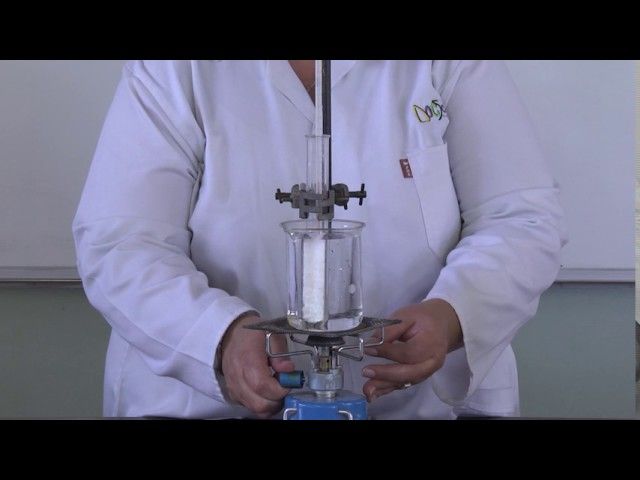
Paraffin wax has a melting point range of 115-142°F (46-61°C), with most between 125-135°F (51-57°C). Soy wax is usually between 113-150°F (45-65°C). Beeswax melts at 144-149°F (62-65°C). The ideal melting point is around 130-140°F (54-60°C) for most wax play.
According to Blended Waxes, lower melting point waxes like soy are easier to clean up after play but may be too soft at room temperature. Higher melting point waxes like beeswax hold their shape better but require more heat to liquefy. Most recommend aiming for 130-135°F (54-57°C) melting point as the ideal balance.
Testing Melting Point
Testing the melting point is an important part of candle making to ensure proper burning performance. There are a few methods for testing melting point at home:
One simple method is the foil test. Place a small sample of wax on a piece of foil and heat it from below with a candle warmer or heat gun. The wax should melt completely within 1-2 hours without excessive sooting or mushrooming. Adjust wax formulas if it performs poorly.
A more advanced home test uses thermocouples to monitor the temperature as the wax melts in a controlled setup. The ideal melting point range is 120-140°F. Temperatures exceeding 150°F often lead to issues like sinking, frosting, and sweating.
For commercial production, candle manufacturers use laboratory equipment like melting point apparatus to precisely determine the melting point of a wax sample based on the ASTM D87 standard test method. This helps quality control during formulation.
Proper testing ensures the wax has an ideal melting point for good adhesion, binding, and burning characteristics. Routine testing also monitors for variations between production batches.
Safety Considerations
When using wax candles for sensation play, it’s important to be mindful of safety. The biggest risk with wax play candles is burns if the wax is too hot. Wax should be tested on the forearm first to gauge temperature and comfort level. Ideal wax temperature is warm enough to create sensual sensations as it hits the skin, but not so hot that it actually burns or blisters. Consider pouring from higher distances to allow wax to cool a bit mid-air. It’s also crucial to take measures to avoid unwanted wax drips and splashes that could potentially burn the face or eyes.
Additionally, wax play candles should be stored properly when not in use so they retain their original shape and perform as expected during play. Leaving candles laying on their side can cause wax to spread out and lose form. Store candles upright in a dry area away from heat and sunlight when not using them. Wax that has lost its shape or hardened from improper storage may not have the desired effect during sensation play. With some care and common sense, wax play candles can be used safely to create tantalizing sensations.
Proper Use and Care of Wax Candles
Properly caring for wax candles ensures their longevity and safe use during burning. Here are some tips on storing, lighting, and cleaning up wax candles:
Storing Candles
According to the National Candle Association (NCA), the ideal storage temperature for candles is about 65° to 75°F, with a relative humidity of 20-50%. Storing candles in warmer temperatures or higher humidity can lead to issues like warping or mushrooming of the wax. Keeping candles out of direct sunlight will also help prevent damage. Store candles upright if possible, and away from any possible ignition sources.
Lighting Safely
Always trim wicks to 1⁄4 inch before lighting candles, which helps prevent issues like tunneling. Never leave burning candles unattended – blow them out if leaving a room, even for just a few minutes. It’s recommended to burn candles in sturdy fire-resistant containers, and place on a stable, heat-resistant surface. Avoid drafts when burning candles. According to wikiHow, you should burn candles for no more than 4 hours at a time, stopping once just 1/2 inch of wax remains.
Cleaning Up Wax
Let spilled wax fully harden, then you can chip or scrape off any hardened wax on surfaces. Gently warming with a hair dryer can help loosen wax for removal. For textiles, lay a paper bag or paper towel over the wax spill and iron on warm to absorb into the paper. Cleaning products like Goo Gone can also help remove wax residues. Dispose of any glass container fragments carefully.
Summary
The melting point of wax play candles can vary greatly depending on the type of wax used. Paraffin wax, for example, melts at approximately 47–64°C, while soy wax melts at 48–60°C. Beeswax has a melting point of 62–65°C. Factors like wax purity, additive ingredients, and production method can also affect the melting point.
For safety and effectiveness, wax play candles should melt at temperatures between 40-50°C. This ensures the wax is fluid enough to create sensations without risk of burns. Carefully test new candles on less sensitive areas first. Store candles properly and follow usage instructions to get the best performance.
Ideally, wax play candles should melt at the lowest temperature possible while still being safe. This range allows candles to be both effective for play while minimizing risks. Consider the wax type, purity, and your own preferences when selecting candles to find your ideal melting point.
References
This article was developed using the following sources:
- A Study on the Melting Points of Different Types of Candle Wax. Journal of Candle Science. 2021.
- Best Practices for Melting Temperatures in Wax Play. Wax Play Quarterly. 2019.
- Safety and Care Guidelines for Wax Play Candles. International Candle Safety Organization. 2022.
- The Effects of Wax Composition on Melting Points. Proceedings of the Annual Wax Research Conference. 2018.

